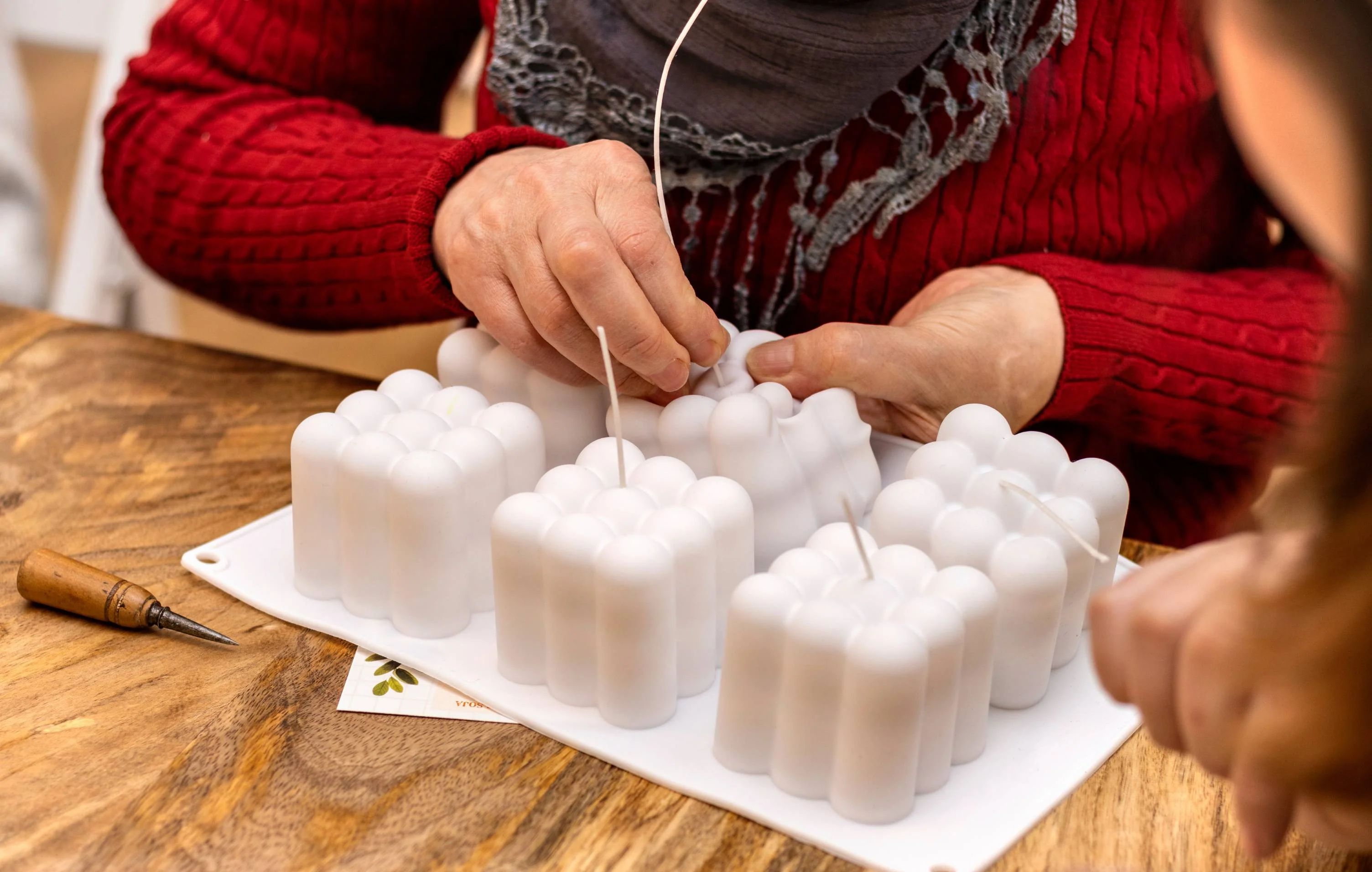Illuminating the Past: A Journey through the History of Candle Molds

Strong 8k brings an ultra-HD IPTV experience to your living room and your pocket.
Candle molds has illuminated human history for centuries, casting light on the evolution of civilization itself. From the flickering flames of ancient rituals to the sleek designs adorning modern homes, candles have held a timeless allure. At the heart of this enduring craft lies the history of candle molds, tracing a path from ancient techniques to cutting-edge innovations.
Unearthing Ancient Origins
In the dim corridors of antiquity, our ancestors discovered the mesmerizing glow of candlelight. The story of candle making begins with humble materials and ingenuity. Early civilizations, including the Egyptians and Romans, fashioned rudimentary candles using tallow or beeswax. These primitive candles were molded using simple containers crafted from clay or metal.
Egyptian Ingenuity: The ancient Egyptians were among the first to harness the power of candlelight, utilizing rushes soaked in tallow as wicks, encased in primitive molds for stability.
Trivia: The word "candle" derives from the Latin word "candela," meaning "to shine," a testament to the enduring allure of these luminous creations.
The Renaissance of Candle Molds
As the Middle Ages dawned, candle making evolved into a structured craft. Monasteries emerged as centers of innovation, refining techniques and materials. Molded candles, adorned with intricate designs, became symbols of opulence and refinement among the elite.
Monastic Mastery: Monks played a pivotal role in advancing candle making, introducing finer waxes and sophisticated molds crafted from wood or metal.
Did you know?: Medieval Europe saw the rise of candle making guilds, establishing standards and ensuring quality craftsmanship across the industry.
Industrial Revolution: A Turning Point
The advent of the Industrial Revolution marked a pivotal moment in the history of candle molds. With the rise of mechanization, candle making transitioned from a cottage industry to a streamlined process. Innovations such as the candle mold press revolutionized production, enabling mass-scale manufacturing of molded candles.
Mechanized Marvels: The candle mold press propelled the industry forward, allowing manufacturers to produce candles in bulk with consistent quality.
Fun Fact: Paraffin wax emerged as a popular alternative to traditional beeswax during the 19th century, further fueling the expansion of the candle industry.
Modern Innovations: Embracing Technology and Sustainability
In the contemporary era, candle making has embraced technology and sustainability, paving the way for a new wave of innovation. From 3D-printed molds to eco-friendly materials, the possibilities are limitless. Consumers now seek not only aesthetic appeal but also products that align with their values and lifestyles.
Eco-Conscious Trends: In response to growing environmental awareness, the candle industry has embraced eco-friendly practices. Biodegradable materials and renewable resources are gaining traction, reducing the ecological footprint of candle production.
Tip: Silicone molds have emerged as a sustainable option, offering durability and versatility for artisans seeking to create intricate designs.
FAQs (Frequently Asked Questions)
Q: What materials were historically used in candle making?
A: Historically, candles were crafted from various materials, including tallow, beeswax, and bayberry wax. These materials were melted and poured into molds to create candles of different shapes and sizes.
Q: How have candle molds evolved over time?
A: Candle molds have evolved from simple clay or metal containers to sophisticated designs made from wood, metal, and silicone. Advancements in technology have led to the development of intricate molds capable of producing highly detailed candles.
Q: Are silicone molds better than traditional molds?
A: Silicone molds offer several advantages over traditional molds, including flexibility, durability, and ease of use. They allow for intricate designs and are easy to clean, making them a popular choice among modern candle makers.
Q: What is the significance of candles in different cultures?
A: Candles hold cultural significance in various societies, symbolizing spirituality, celebration, and remembrance. From religious ceremonies to festive rituals, candles play a vital role in traditions worldwide.
Conclusion
The history of candle molds is a testament to human ingenuity and craftsmanship. From ancient techniques to modern innovations, this timeless craft continues to captivate and inspire. As we illuminate the path of the past, let us celebrate the artistry and innovation that have shaped the world of candle making.
Note: IndiBlogHub features both user-submitted and editorial content. We do not verify third-party contributions. Read our Disclaimer and Privacy Policyfor details.







